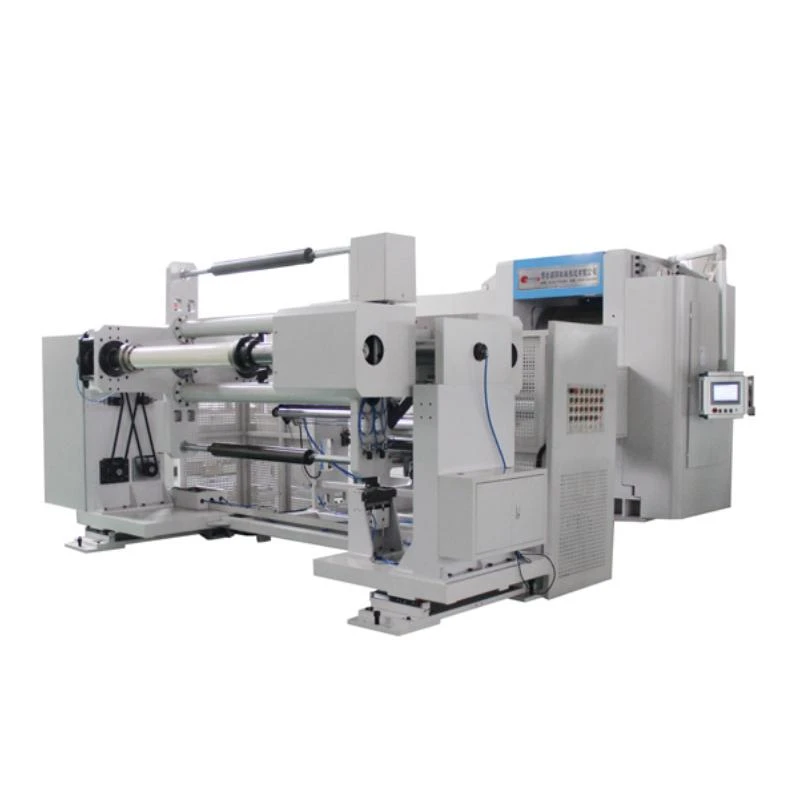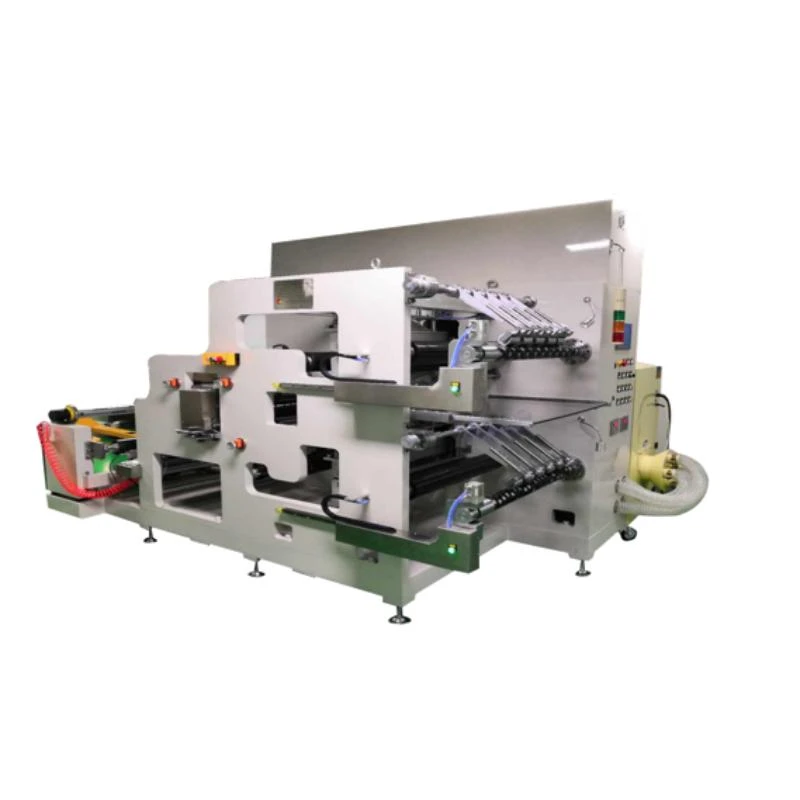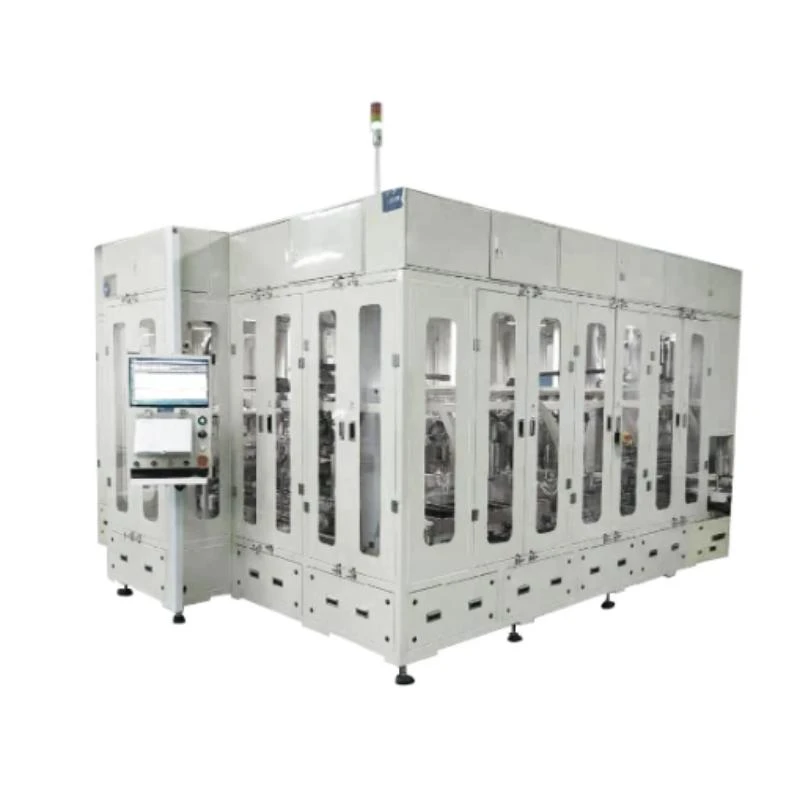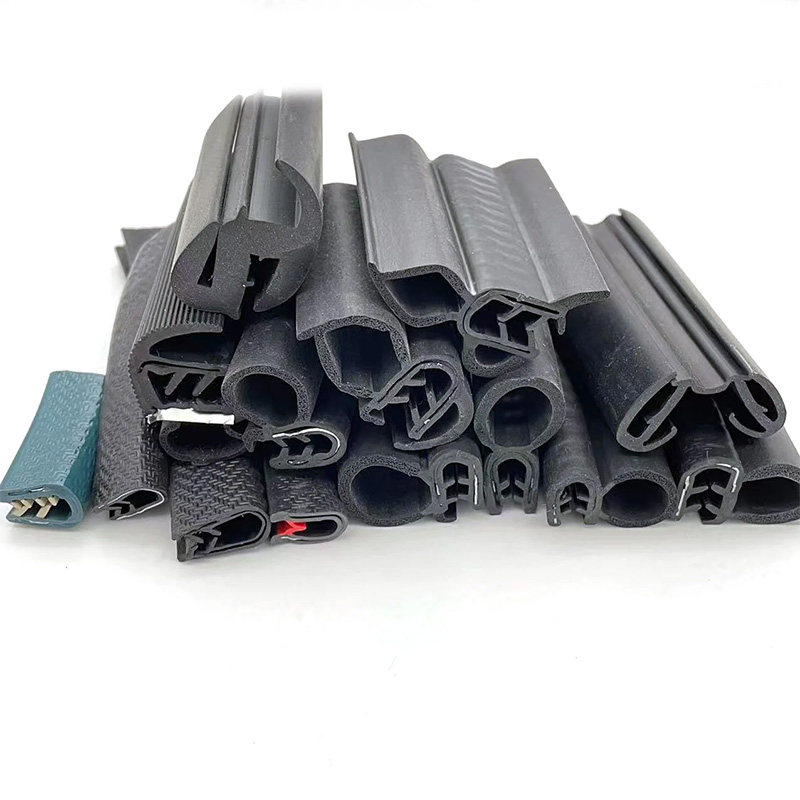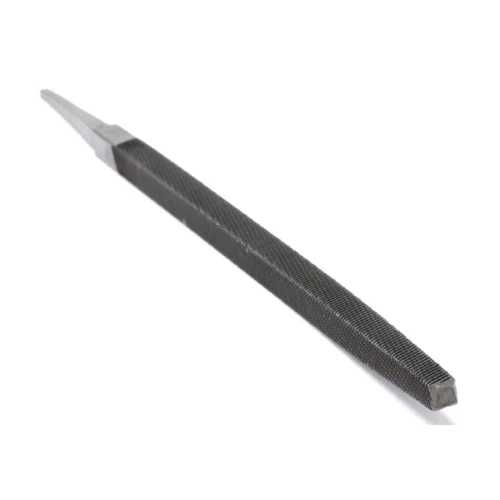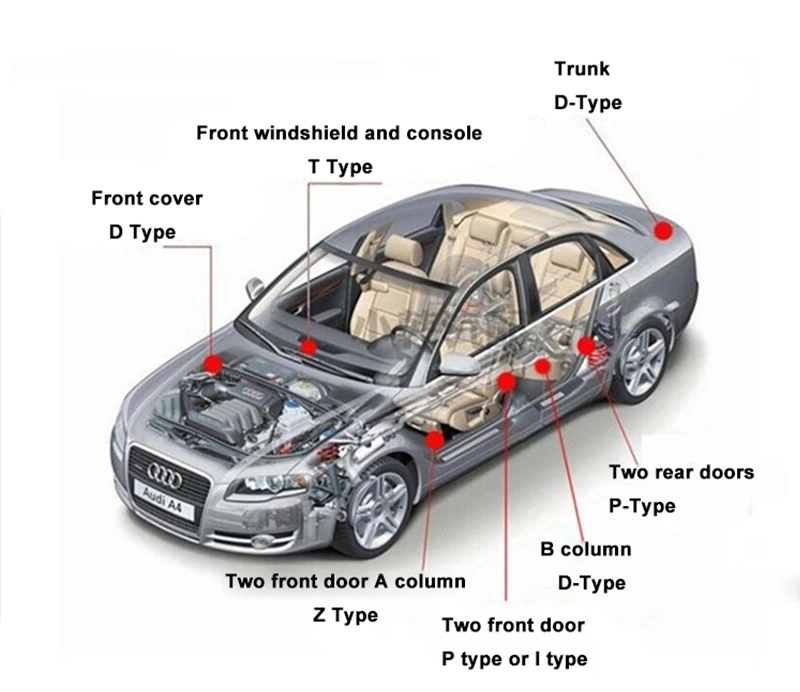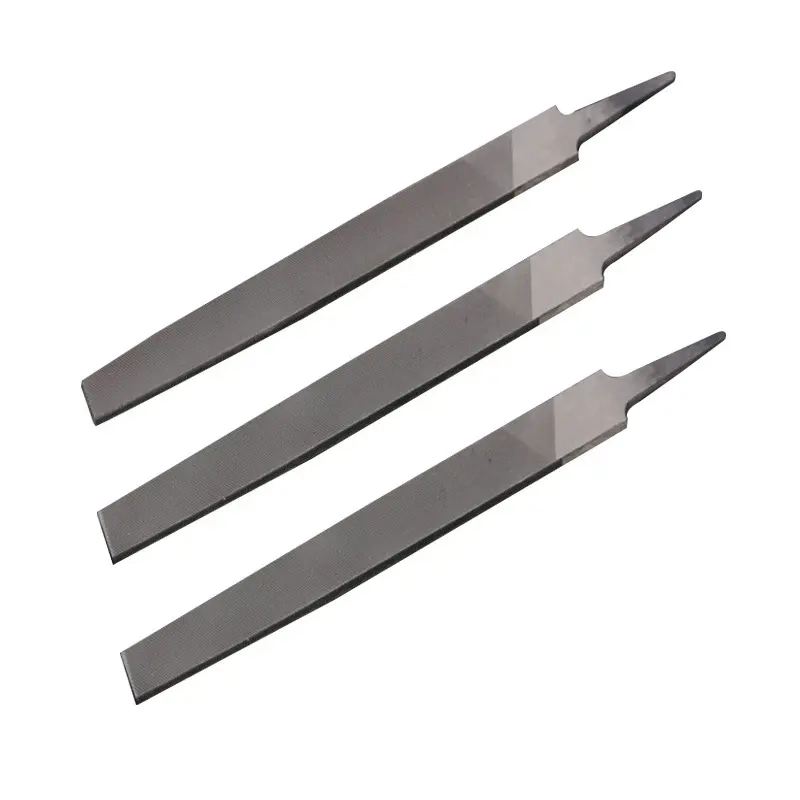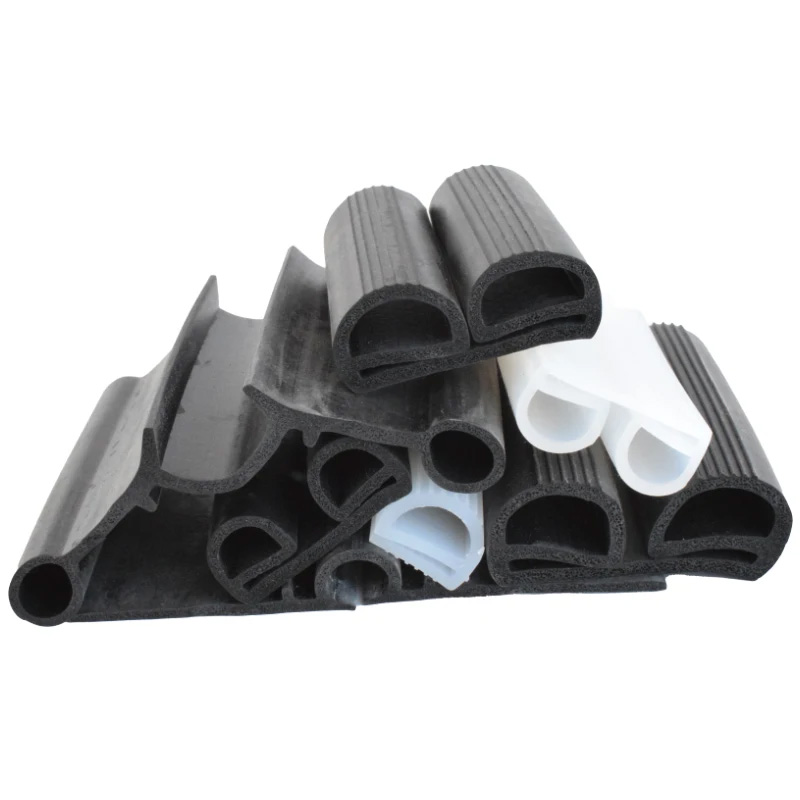Precision Lithium Battery Welding Machine for Pack Assembly
The Pivotal Role of Laser Welding in Modern Battery Production
In the rapidly evolving landscape of energy storage, the demand for high-performance, durable, and safe battery systems is unprecedented. Central to achieving these objectives is the precision and reliability of cell interconnection, a task optimally performed by a sophisticated lithium battery welding machine. These advanced systems are indispensable in the manufacturing of various battery types, particularly within the burgeoning electric vehicle (EV) and grid-scale energy storage sectors.
Industry Trends and the Drive for Precision
Current industry trends highlight an unwavering focus on increased energy density, faster charging capabilities, and extended cycle life for lithium-ion batteries. This necessitates superior manufacturing precision and process control, making laser welding the preferred method for joining critical battery components such as tabs, busbars, and cell-to-module connections. The shift towards automation and digitalization in battery manufacturing is also accelerating, with integrated lithium ion battery pack assembly line solutions becoming standard. This integration ensures not only high throughput but also unparalleled quality and consistency, vital for the mass production of reliable battery packs for automotive, industrial, and commercial energy storage applications.
While the primary focus remains on lithium-ion technologies, developments in next-generation batteries and the continued optimization of existing systems, including improvements in aspects relevant to a lead acid battery production line for specific niche markets, underscore the continuous innovation within the energy storage industry. The overarching goal is to enhance performance while reducing manufacturing costs and environmental impact.
Manufacturing Process Flow of a Lithium Battery Welding Machine
The production of a high-precision lithium battery welding machine is a multi-stage, meticulously controlled process that ensures the final product meets stringent industrial demands for accuracy, reliability, and longevity. The process flow is designed to guarantee optimal performance under continuous operation in demanding manufacturing environments.
Key Manufacturing Stages:
- Design & Engineering: Utilizing advanced CAD/CAM software, engineers conceptualize the machine's architecture, optic path, motion control systems, and safety features. Material selection emphasizes high-grade alloys (e.g., aerospace-grade aluminum, stainless steel) for structural integrity, vibration damping, and thermal stability.
-
Precision Component Manufacturing:
- Casting & Forging: Critical structural elements, such as the machine base and gantry, are often cast from high-strength iron or aluminum alloys, followed by forging for improved grain structure and mechanical properties.
- CNC Machining: Components like laser heads, optical mounts, and precision stages undergo multi-axis CNC machining to achieve micron-level tolerances, essential for accurate laser beam delivery and manipulation.
- Surface Treatment: Precision-machined parts receive specialized surface treatments (e.g., anodizing, hard chroming) for enhanced corrosion resistance, wear resistance, and aesthetics.
- System Integration & Assembly: High-power fiber or disc lasers, galvanometer scanners, vision systems, motion controllers, and automated material handling units are meticulously assembled in cleanroom environments to prevent contamination. The integration of proprietary software ensures seamless operation and data logging.
- Calibration & Testing: Each machine undergoes rigorous calibration using interferometers and laser power meters to verify beam quality, focus, and positional accuracy. Comprehensive functional testing simulates various welding scenarios to confirm performance, speed, and repeatability.
- Quality Assurance & Certification: Products are tested against international standards such as ISO 9001 for quality management, CE marking for European conformity, and ANSI safety standards. Service life is projected for over 10 years with proper maintenance, ensuring long-term return on investment.
Target industries for these machines include EV battery manufacturing, industrial and commercial energy storage, consumer electronics, and specialized medical device production. Advantages in typical application scenarios include significant energy savings due to the high efficiency of laser processing, superior corrosion resistance of the welds, and an overall reduction in manufacturing defects.
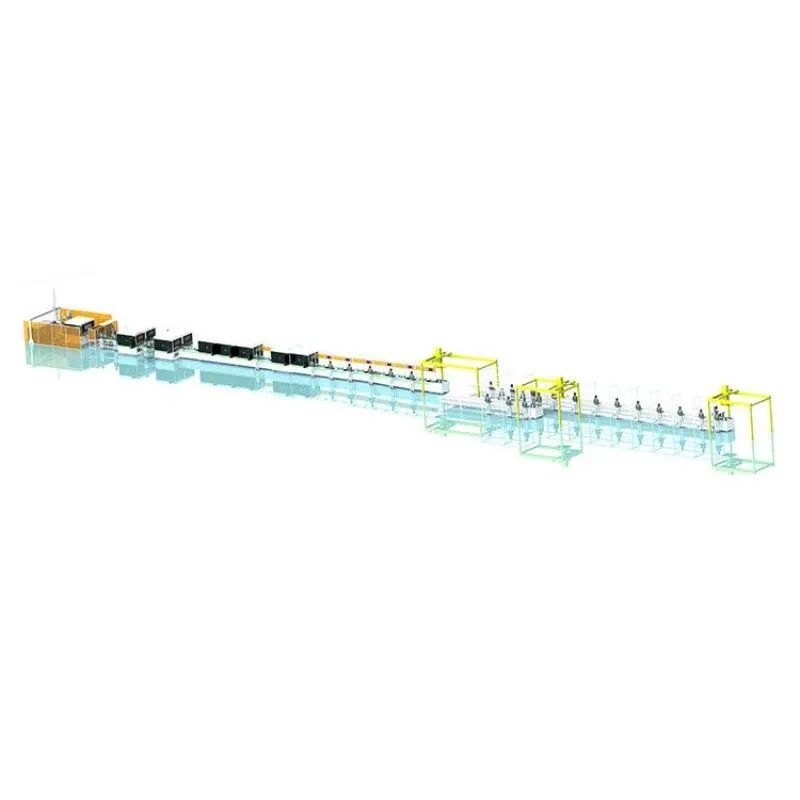
Precision engineering for robust battery assembly solutions.
Technical Specifications and Parameters
Understanding the technical specifications of an equipment for lithium battery assembly is crucial for integrating it effectively into a production line. A modern laser welding system for batteries typically features a robust combination of laser source, optical delivery, and sophisticated control mechanisms to ensure precise and repeatable welds.
Key Technical Parameters of a High-Performance Laser Welding Machine:
These specifications collectively define the capability of a lithium battery welding machine to deliver high-quality, repeatable welds critical for battery safety and performance. The precise control over parameters like spot size and scanning speed allows for minimal heat input, thereby preserving the integrity of sensitive battery cells.
Key Technical Advantages of Laser Welding
The adoption of laser welding for battery assembly is driven by its distinct technical advantages over traditional welding methods, offering superior quality, efficiency, and flexibility. These advantages are crucial for meeting the stringent requirements of modern battery technology.
Advantages Over Traditional Methods:
- High Precision and Minimal Heat Affected Zone (HAZ): Laser welding delivers concentrated energy to a very small area, resulting in fine, deep welds with minimal thermal distortion and a negligible HAZ. This is paramount for preventing damage to sensitive battery cells and electrolyte. In contrast, resistance welding generates more widespread heat.
- Speed and Efficiency: With scanning speeds reaching several meters per second, laser welding significantly accelerates production cycles, contributing to higher throughput on a lithium ion battery pack assembly line. The non-contact nature of the process also reduces tool wear and maintenance.
- Versatility and Material Compatibility: Laser welding can effectively join dissimilar materials (e.g., copper to aluminum, nickel to steel), which is common in battery cell interconnections. It accommodates various material thicknesses and geometries, providing flexibility in battery design.
- High Weld Strength and Consistency: The precise control of laser parameters ensures strong, hermetic, and consistent welds, reducing the risk of electrical resistance issues, thermal runaway, and premature battery degradation. This level of consistency is challenging to achieve with ultrasonic or resistance welding.
- Automation and Quality Control Integration: Laser welding systems are easily integrated into automated production lines, often incorporating machine vision systems for real-time inspection and quality verification. This ensures compliance with stringent quality standards like ISO 9001 and IATF 16949.

Automated laser welding ensures optimal battery cell interconnection.
Application Scenarios for Lithium Battery Welding Machines
The versatility and precision of a lithium battery welding machine make it indispensable across a broad spectrum of industries requiring advanced energy storage solutions. From small-scale consumer electronics to large-scale grid infrastructure, the demand for highly reliable battery pack assembly is constant.
Diverse Applications:
- Electric Vehicle (EV) Battery Packs: This is arguably the largest and most demanding application. Laser welding is crucial for connecting thousands of individual cells within EV battery modules and packs, ensuring robust electrical connections, thermal management, and safety. Precision is key to high-voltage, high-current performance.
- Industrial and Commercial Energy Storage Systems (ESS): Large-scale battery banks for grid stabilization, peak shaving, and renewable energy integration rely on durable and high-capacity battery packs. The assembly equipment for lithium battery assembly must handle large form factors and ensure longevity in critical infrastructure.
- Portable Electronic Devices: Smartphones, laptops, power tools, and drones utilize compact, high-energy-density lithium-ion batteries. Laser welding enables miniaturization and precise interconnections, contributing to the devices' overall reliability and performance.
- Medical Devices: Implants, portable diagnostic equipment, and surgical tools often use specialized battery packs where absolute reliability and sterile manufacturing are paramount. Laser welding meets these exacting standards, preventing contamination and ensuring device integrity.
- Aerospace and Defense: High-performance battery systems for satellites, unmanned aerial vehicles (UAVs), and specialized defense equipment demand extreme reliability and lightweight construction, areas where laser welding excels.
Beyond lithium-ion applications, the core principles of precision joining provided by laser technology can also be adapted for specific tasks within a lead acid battery production line, though with different material considerations and joint designs. The ability to handle complex geometries and ensure consistent weld quality across diverse materials underscores the broad utility of these advanced welding solutions.
Vendor Comparison and Customized Solutions
Selecting the right lithium ion battery assembly equipment is a critical decision that impacts production efficiency, product quality, and long-term operational costs. A thorough vendor comparison, coupled with the availability of customized solutions, is essential for optimizing investment.
Key Criteria for Vendor Comparison:
Tailored Solutions for Unique Production Needs:
Recognizing that no two battery manufacturing operations are identical, leading suppliers offer extensive customization capabilities. This includes:
- Integrated Automation: Designing systems to seamlessly integrate with existing robotic arms, conveying systems, and Manufacturing Execution Systems (MES) to create a fully automated lithium ion battery pack assembly line.
- Application-Specific Optics: Developing specialized optical configurations for unique cell geometries, material combinations, or complex weld patterns.
- Advanced Process Control: Implementing real-time monitoring and adaptive feedback systems to maintain optimal weld quality under varying conditions, crucial for high-volume production.
- Safety Features: Incorporating bespoke safety enclosures and interlocks to meet specific regional regulations and operational safety protocols.

Customizable solutions to meet diverse industrial demands.
Real-world Application Case Studies
The efficacy of a lithium battery welding machine is best demonstrated through its successful deployment in real-world scenarios, showcasing tangible benefits in efficiency, quality, and cost savings.
Case Study 1: Automotive EV Battery Production
A leading global automotive manufacturer sought to scale up production of their next-generation EV battery packs. They integrated a fully automated laser welding system capable of precise busbar welding for thousands of cells per shift. The solution, provided by a reputable vendor with over 20 years of experience in laser processing, featured high-power fiber lasers and dynamic beam steering.
- Challenge: Achieve extremely high weld quality and consistency across a diverse range of cell geometries while meeting aggressive production targets.
- Solution: Deployment of a multi-station lithium battery welding machine with integrated vision inspection and post-weld quality verification. The system utilized advanced wobble welding techniques to ensure optimal metallurgy.
-
Results:
- 30% increase in welding speed compared to previous methods.
- Weld defect rate reduced to less than 0.01%.
- Achieved full compliance with IATF 16949 standards for automotive quality.
Customer Feedback: "The seamless integration of the laser welding system into our existing assembly line has been transformative. The precision and speed are unparalleled, allowing us to deliver safer, more efficient EV batteries to the market." - Head of Battery Production, Global Auto OEM.
Case Study 2: Grid-Scale Energy Storage Module Assembly
An energy solutions provider required robust and long-lasting battery modules for utility-scale energy storage projects. The critical requirement was to ensure high conductivity and thermal stability for battery packs designed for a 20-year operational life.
- Challenge: Welding thick copper busbars to large-format prismatic cells, necessitating high-power density and minimal heat transfer to the cell body.
- Solution: Implementation of an industrial-grade laser welding system, specifically an equipment for lithium battery assembly with specialized large-format handling capabilities and high-power laser sources (up to 6kW). The system was designed for continuous operation, reflecting commitment to ISO/FDA quality benchmarks where applicable.
-
Results:
- Achieved superior electrical conductivity across all joints, reducing internal resistance by 15%.
- Increased module production by 20% due to reduced cycle times.
- Enhanced thermal management of battery packs, extending operational life.
Customer Feedback: "Our partnership has provided us with a laser welding solution that not only meets but exceeds our stringent requirements for durability and performance in grid applications. The investment has significantly boosted our capability in the energy storage market." - CTO, Energy Storage Solutions Provider.

Delivering precision and reliability for critical energy storage applications.
Frequently Asked Questions (FAQ)
Q1: What materials can a lithium battery welding machine weld?
A1: Our laser welding machines are designed to effectively weld common battery materials, including copper, aluminum, nickel, and various alloys used in battery tabs, busbars, and housings. They are highly adept at joining dissimilar metals, a common requirement in battery pack assembly.
Q2: What is the typical lead time for a custom laser welding solution?
A2: Lead times vary based on the complexity and customization level of the lithium ion battery assembly equipment. Standard configurations typically have a lead time of 12-16 weeks. Fully customized industrial and commercial energy storage module laser production lines, incorporating specific automation and integration, may require 20-30 weeks from design finalization to factory acceptance testing.
Q3: What warranty and after-sales support do you offer?
A3: We provide a comprehensive 12-month warranty on all equipment for lithium battery assembly, covering parts and labor for manufacturing defects. Our after-sales support includes 24/7 technical assistance, remote diagnostics, on-site service by certified engineers, and readily available spare parts from our global distribution centers. We also offer extensive training programs for your operational and maintenance staff.
Q4: How does laser welding compare to ultrasonic welding for battery tabs?
A4: While ultrasonic welding is suitable for certain applications, laser welding offers superior precision, minimal heat input (critical for preventing cell damage), and greater flexibility in joining dissimilar and thicker materials. Laser welds generally exhibit higher strength and better long-term electrical stability, making them preferred for high-performance and high-durability battery packs like those in EV or ESS applications.
Conclusion
The demand for robust, efficient, and reliable battery solutions continues to accelerate, making the lithium battery welding machine a cornerstone of modern battery manufacturing. By delivering unparalleled precision, speed, and versatility, these advanced laser systems enable manufacturers to meet the stringent quality and performance requirements of electric vehicles, industrial energy storage, and an array of consumer and medical devices. Investing in a state-of-the-art laser welding solution from an experienced vendor ensures not only enhanced production capabilities but also a competitive edge in a rapidly expanding global market. The commitment to technical excellence, customized solutions, and comprehensive support is paramount for success in this critical sector.
References
- Wang, L., Hu, Y., Li, S., & Li, R. (2020). Laser welding of dissimilar metals for battery manufacturing: A review. Journal of Manufacturing Processes, 58, 269-281.
- Zhang, Y., Du, D., & Yang, B. (2019). Research progress on laser welding technology for lithium-ion battery. Materials Science and Engineering: A, 763, 138127.
- National Renewable Energy Laboratory (NREL). (2023). Battery Technology R&D. Retrieved from www.nrel.gov/research/battery-tech.html
- International Organization for Standardization (ISO). (2023). ISO 9001 Quality Management. Retrieved from www.iso.org/iso-9001-quality-management.html
Share
-
Lithium Battery Welding Machine | High-Precision, Fast, SafeNewsNov.17,2025
-
Aluminium Guide Roller | Anodized, Lightweight, Low-NoiseNewsNov.17,2025
-
Tofu Cat Litter Bulk – Eco, Low-Dust, Fast Clumping SupplyNewsNov.17,2025
-
Equipment for Lithium Cell Assembly | Automated & PreciseNewsNov.10,2025
-
Square File Tool – Precision Cut, Hardened Steel, VersatileNewsNov.10,2025
-
Lithium Ion Battery Assembly Machine | Automated, High-SpeedNewsNov.10,2025
